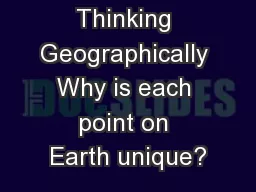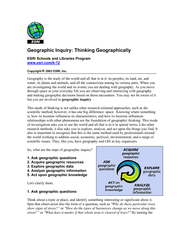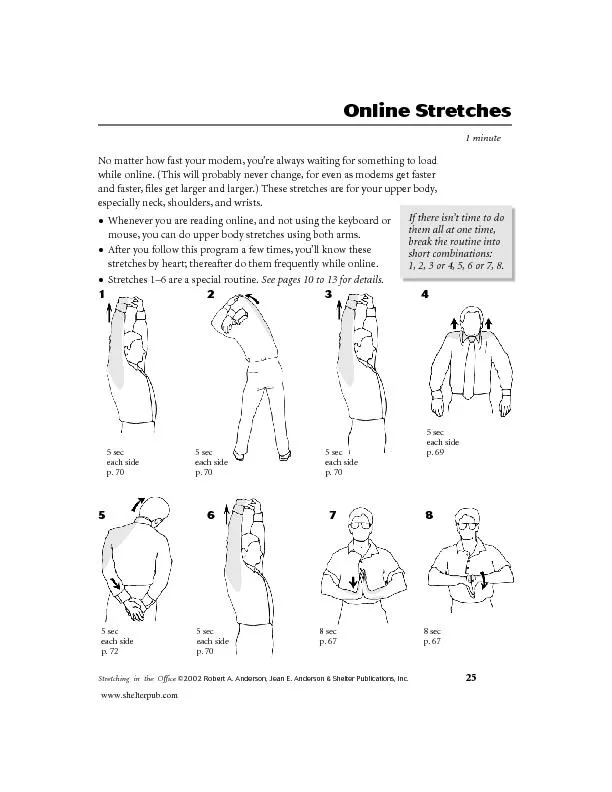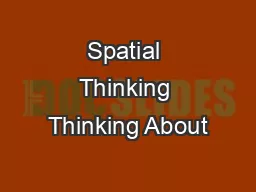PPT-Thinking Geographically Why is each point on Earth unique?
Author : pamella-moone | Published Date : 2018-10-21
Place Unique Location of a Feature Toponym is the name given to a place on Earth Site is the physical character of a place Includes climate water sources topography
Presentation Embed Code
Download Presentation
Download Presentation The PPT/PDF document "Thinking Geographically Why is each poin..." is the property of its rightful owner. Permission is granted to download and print the materials on this website for personal, non-commercial use only, and to display it on your personal computer provided you do not modify the materials and that you retain all copyright notices contained in the materials. By downloading content from our website, you accept the terms of this agreement.
Thinking Geographically Why is each point on Earth unique?: Transcript
Download Rules Of Document
"Thinking Geographically Why is each point on Earth unique?"The content belongs to its owner. You may download and print it for personal use, without modification, and keep all copyright notices. By downloading, you agree to these terms.
Related Documents














